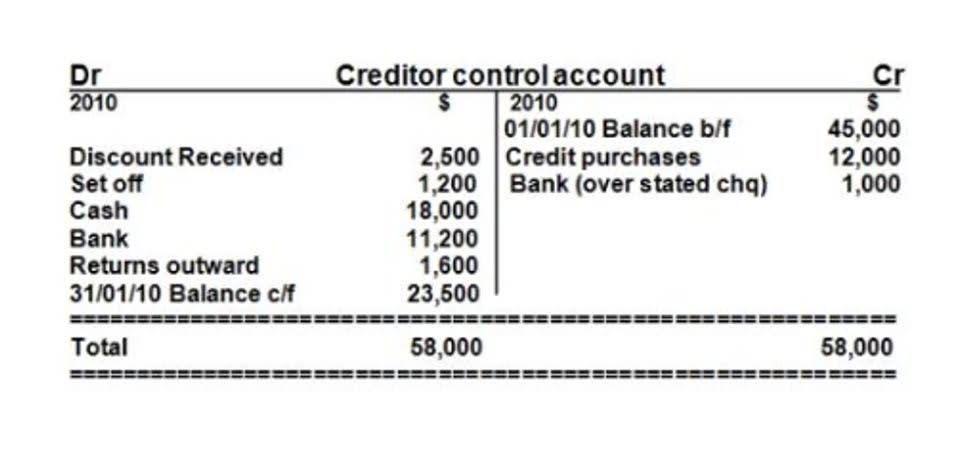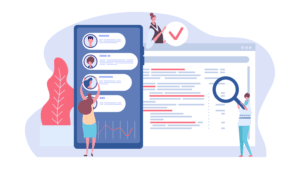
The concept of an accrued liability relates to timing and the matching principle. Under accrual accounting all expenses are to be recorded in financial statements in the period in which they are incurred, which may differ from the period in which they are paid. The expenses are recorded in the same period when related revenues are reported to provide financial statement users with accurate information regarding the costs required to generate revenue. The term “accrued liability” refers to an expense incurred but not yet paid for by a business. These are costs for goods and services already delivered to a company for which it must pay in the future. A company can accrue a liability for any number of obligations, and each is recorded on the company’s balance sheet.
- First, you identify that transaction and determine that it’s an obligation, since the loan is a debt.
- In financial discussions, the terms ‘expense’ and ‘liability’ are frequently used.
- If the utility company sends a bill at the end of the month that is due the following month, the company has incurred an expense but has not yet paid cash.
- Sub-accounts, of course, can be created under any of these five types of accounts.
Liabilities as Legal or Regulatory Obligations
- These items accumulate in AOCI until realized, when they typically move to the income statement.
- Understanding the differences between expenses and liabilities is crucial for accurate financial reporting and decision-making.
- The treatment of current liabilities varies by company and by sector and industry.
- Not all liabilities are created equal—and tracking the right type at the right time is key to managing cash flow, protecting liquidity, and maintaining lender trust.
- Don’t wait for accrued liabilities to pile up before you record them, which could cause inaccuracies in your financial reporting, and provide you with a skewed view of your current positioning.
In accounting, an account is a descriptive storage unit used to collect and store information of similar nature. To make QuickBooks ProAdvisor informed decisions, track your liabilities carefully, manage them effectively, and align them with your business goals. If you employ union workers, you must comply with the pay and overtime rates required in the collective bargaining agreement with the union. You can use software to reconcile the payroll liability data and ensure you’re processing payroll correctly. So, when finalizing your estimates, determine if there are any seasonal factors that could impact how much you will owe. But, if you’ve gotten similar repairs done from the same company in the past, you can reference previous invoices to provide you with a better idea of how much you could be billed this time.

Nephrite vs. Jadeite: Key Differences in Types of…
AP typically carries the largest balances because they encompass day-to-day operations. AP can include services, raw materials, office supplies, or any other categories of products and services where no promissory note is issued. Most companies don’t pay for goods and services as they’re acquired, AP is equivalent to a are expenses liabilities stack of bills waiting to be paid. It might signal weak financial stability if a company has had more expenses than revenues for the last three years because it’s been losing money for those years.

Liabilities in the accounting equation
- Update these records regularly to reflect accurate historical costs and avoid mistakes in financial reports.
- Accounts payable captures invoices received but not yet paid and is usually the largest short-term liability on a young company’s books.
- The company’s June journal entry will be a debit to Utility Expense and a credit to Accrued Payables.
- Liabilities represent obligations that will be settled in the future, potentially extending beyond the current accounting period for long-term debts.
- A company can accrue a liability for any number of obligations, and each is recorded on the company’s balance sheet.
- It’s a liability even if an employee hasn’t taken any time off during the pay period.
- Current liabilities are obligations due within one year, such as accounts payable to vendors, accrued wages owed to employees, and short-term loans.
Next, we show where each belongs on the financial statements, walk through a five-step booking checklist, and explain how accrual accounting can turn one into the other. Liability, therefore, connotes taking responsibility for something. Liabilities also have an effect on how liquid a company is and how its capital is set up. They are usually defined by past business transactions, events, sales, exchange of goods and services, or any other thing that could give the company an economic advantage in the future.
Are Liabilities Expenses? Key Differences Explained
Allocate funds toward paying off loans and credit card debt quickly. Make a plan that http://israelhanin.org/2023/09/12/find-a-sales-and-use-tax-rate/ prioritizes debt repayment without harming your daily needs. A low ratio means better financial health and a higher chance of getting loans approved. Keeping this number low improves creditworthiness and boosts financial stability over time.
Teaching vs. Preaching: Key Differences in Communication Methods

In accounting, liabilities and expenses represent two distinct financial concepts. Capital expenditures (CapEx) differ from operating expenses because they aren’t related to your current day-to-day business needs. Instead, these are long-term investments meant to generate future growth.
